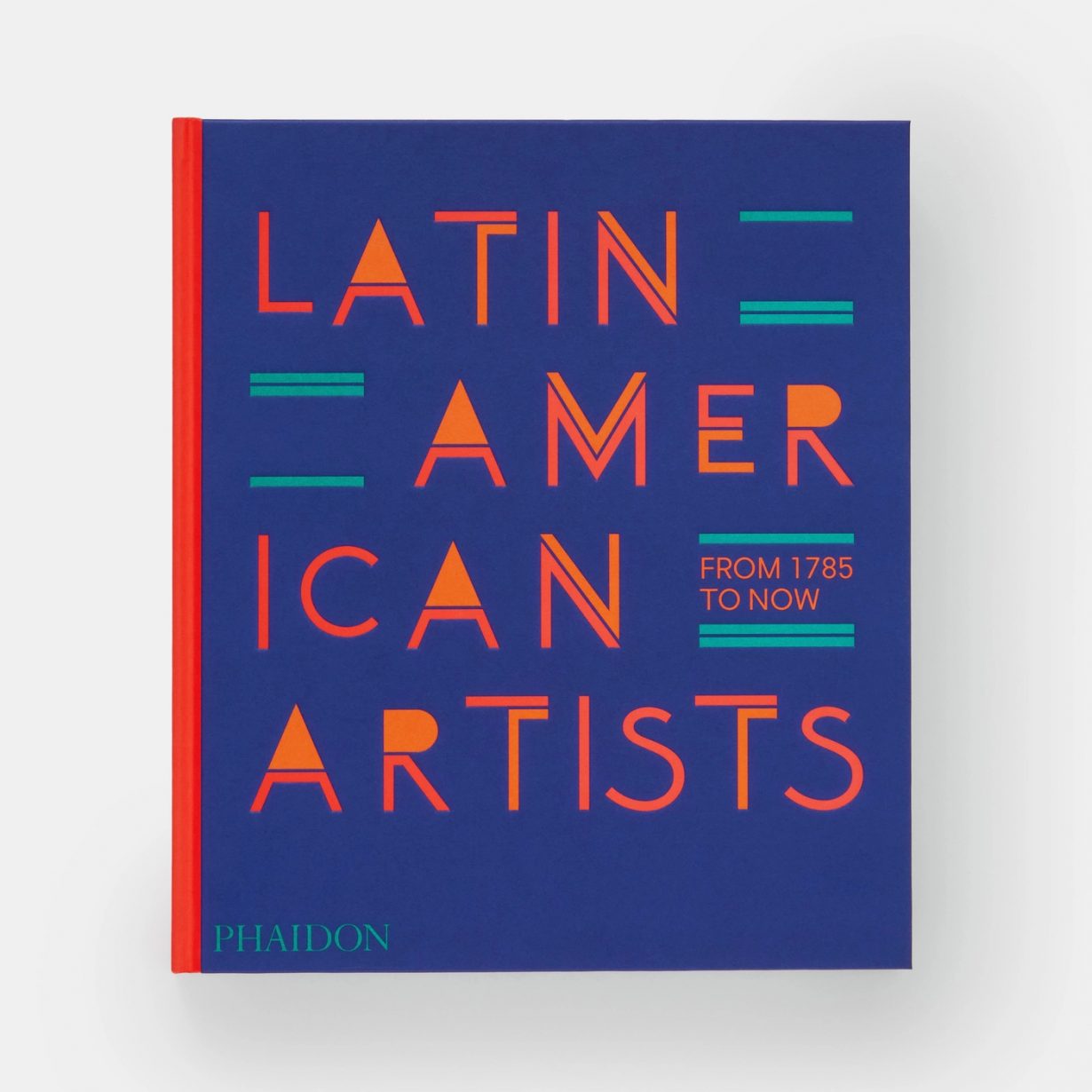Phaidon Latin American artists: from 1785 to the present leaves a lot to be desired

The mainstay of Phaidon’s production is the packaging of a few hundred pages of artist profiles under an easy-to-digest theme. Great women artists! Korean art! Great women painters! If there was little unease about the reductive nature of this approach at Phaidon HQ, then Raphael Fonseca’s entertaining introductory essay offers some fundamental truths. The Brazilian curator notes that organizing “the production of visual arts by geographical orientation is a mistake”, before demolishing the notion of “Latin” (if it is a geographical notion, why include Cubans like Carlos Garaicoa and Coco Fusco and not Haitians, Surinamese, Trinidadians and Tobagonians in the book? If it is cultural, how do you explain the absence of artists of South American origin from elsewhere, particularly from North America?) and of “America” (the name perpetuating the colonial heritage of Amerigo Vespucci).

Although they are to be commended for giving Fonseca free rein, the Phaidon editors’ much shorter preface attempts to avoid this problem altogether. The notion of continent, they write, is “a contested concept with roots in classical Greece”; the book is arranged alphabetically, because the organization of art by chronology is “criticized for its tendencies toward exclusion and oversimplification.” Once we get to the certainly not-too-simplistic 200-word summaries of the artists’ practices, brilliant work is hinted at, but it’s unclear what reading, for example, of Claudia Andujar’s disturbing documentary photographs on a Indigenous vaccination program of the 1980s has work to do. with a blurb on conceptual art by Mexican artist Julieta Aranda a little later.
The AZ methodology obscures historical racism and sexism and misses interesting themes in art history and politics. We see neither the rise nor the decline of abstraction, nor the omnipresence of performance in the 1960s. By jumping 200 years from page to page, we miss the positive influence of Jewish immigration European Union and the negative interference of North American cultural diplomacy. With indigenous artists scattered across the pages, we fail to understand the shared and contrasting cosmological uses of art within colonized communities. Only the index hints at Brazil’s dominance in the broader imagination of Latin American art (more than 50 reference pages, compared to, say, nine for Colombia). Given the price of the book, any reader is likely to feel shortchanged.
Latin American artists: from 1785 to the present by Phaidon Publishers. Phaidon£49.95 (hardcover)


